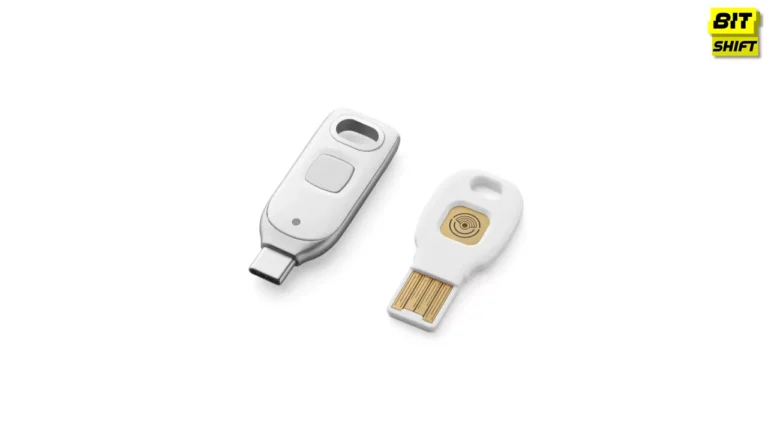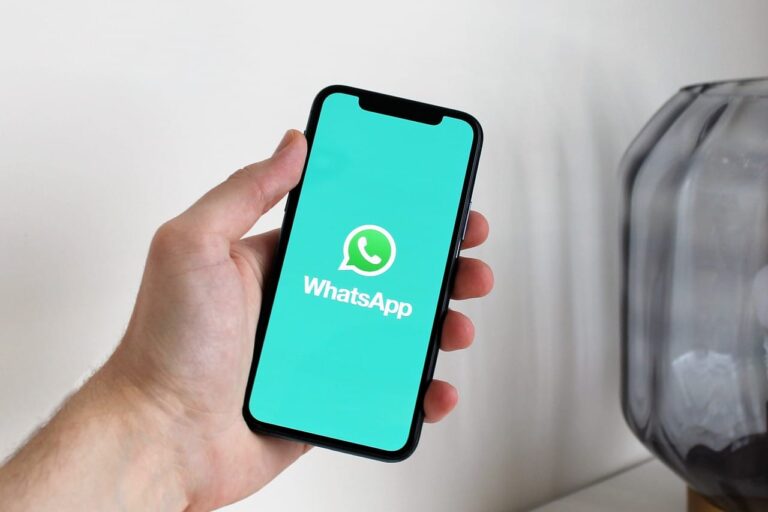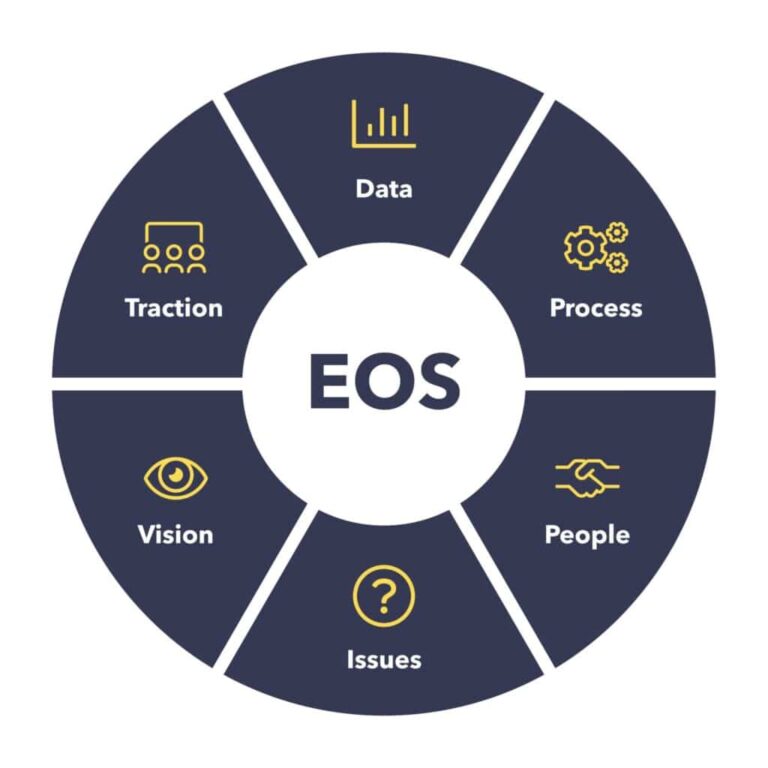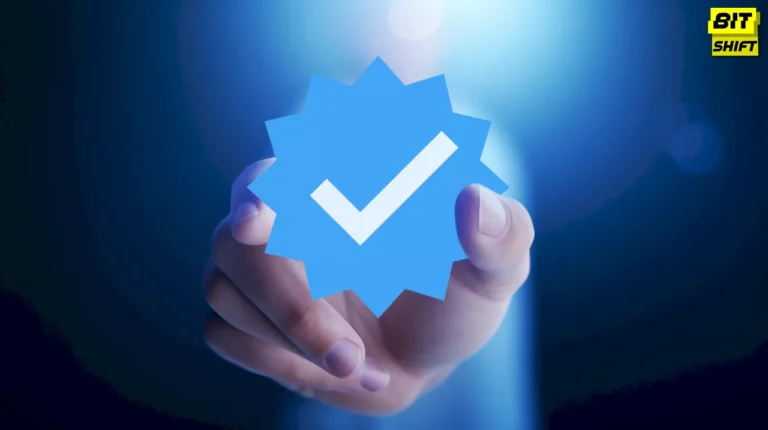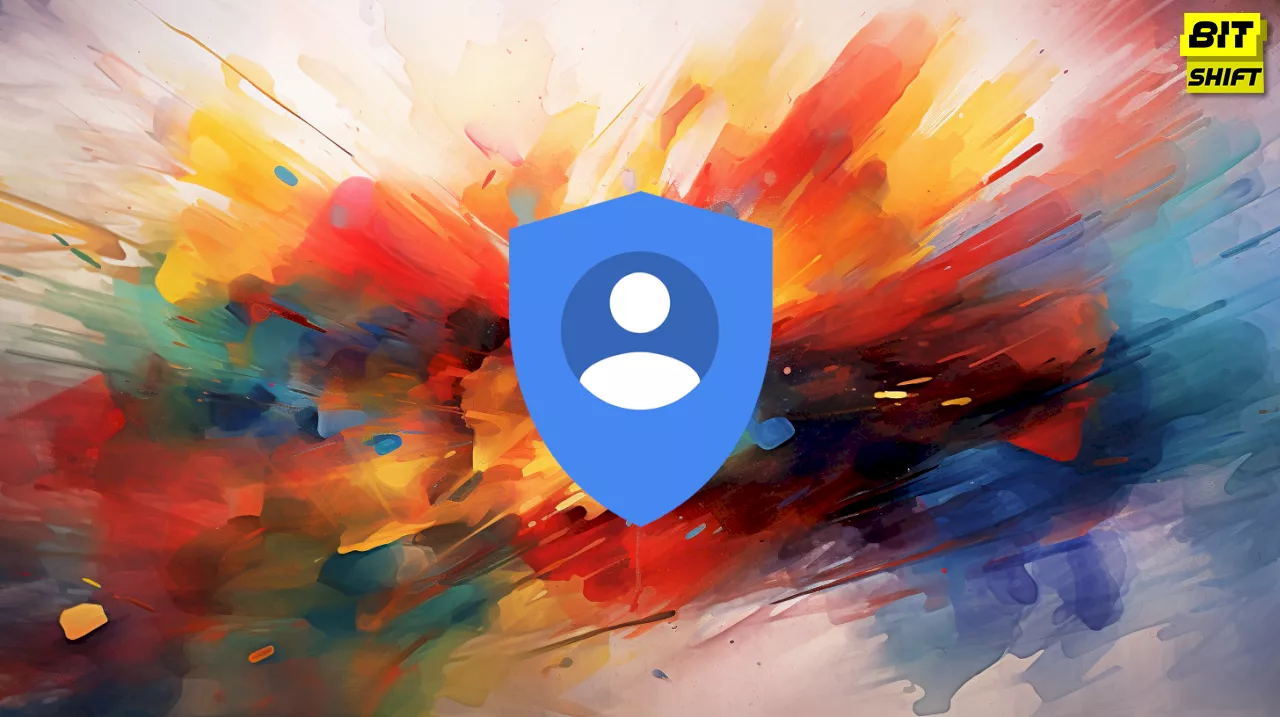
Summary
Google’s policy of deleting accounts that have been inactive for two years or ones that were created but never used or only used briefly is causing concern among users. While this change is set to improve Google’s overall security by removing abandoned accounts, it also poses a potential risk of losing valuable data stored in these accounts. This article explores how users can safeguard their inactive accounts from being deleted.
In May, Google announced plans to delete accounts that have not been active for two years, created, never used, or used only briefly. If you have an ancient Gmail account gathering dust or a Google Photos account storing vacation pictures from the past, it’s time to search for those login details. If you haven’t signed in within the past two years, your account and all it contains could be deleted sometime this December.
This change affects Google Calendar, Drive, Docs, Gmail, Meet, and Photos. Accounts with YouTube videos are a notable exception from the new deletion policy, as are any accounts with active subscriptions (paying your bill counts as “activity”). Moreover, this change applies only to personal Google accounts, not profiles tied to companies or classrooms.
“Security is a process, not a product.” – Bruce Schneier
Keeping Your Account Safe From Deletion
Preventing Google from deleting your account is straightforward if you remember the password. Just log in. It’s that simple! No further steps need to be taken. Ruth Kricheli, Vice President of Product Management at Google, said, “If you have signed into your Google Account or any of our services recently, your account is considered active and will not be deleted.”
There’s no need to log out and back into the accounts you’re using just to be safe. This change is for accounts with no “activity.” In Google terms, anything you do with the account is considered activity, from searching with Google to reading an email in Gmail to accessing a document with Google Drive. The aim here is to improve Google’s overall security by eliminating abandoned accounts, which are less likely to have strong, unique passwords or have two-factor authentication set up.
What If I Forgot My Password?
Don’t panic if you’ve forgotten your password. Do you remember the username or phone number? You can start the account recovery process for most Google accounts and Gmail here.
Suppose you’re still having trouble accessing your inactive account. In that case, you can check out this article for advice from Google’s account safety team about what could be going on with your profile and a few potential remedies. Before it’s deleted, Google says it will send messages to the account’s primary email and the recovery address. Similarly, suppose you’re the caretaker of someone’s account who can’t access it or has passed away, and I’d like it memorialized. In that case, Google suggests using Google Takeout to download the data for safekeeping or setting up the Inactive Account Manager to provide access so the account can stay accessible.
The first wave of deletions will wipe out coregistered accounts that are subsequently unused. When will the second wave of inactive account deletions start? The exact day remains unclear, so it’s a good idea to try to log in as soon as possible.
After the new policy goes into effect, if you want to keep old Google accounts that you use sparingly, you can set a reminder on your calendar to log in and click around occasionally. Better yet, consider storing the data on a physical drive.
Share the Article by the Short Url:

